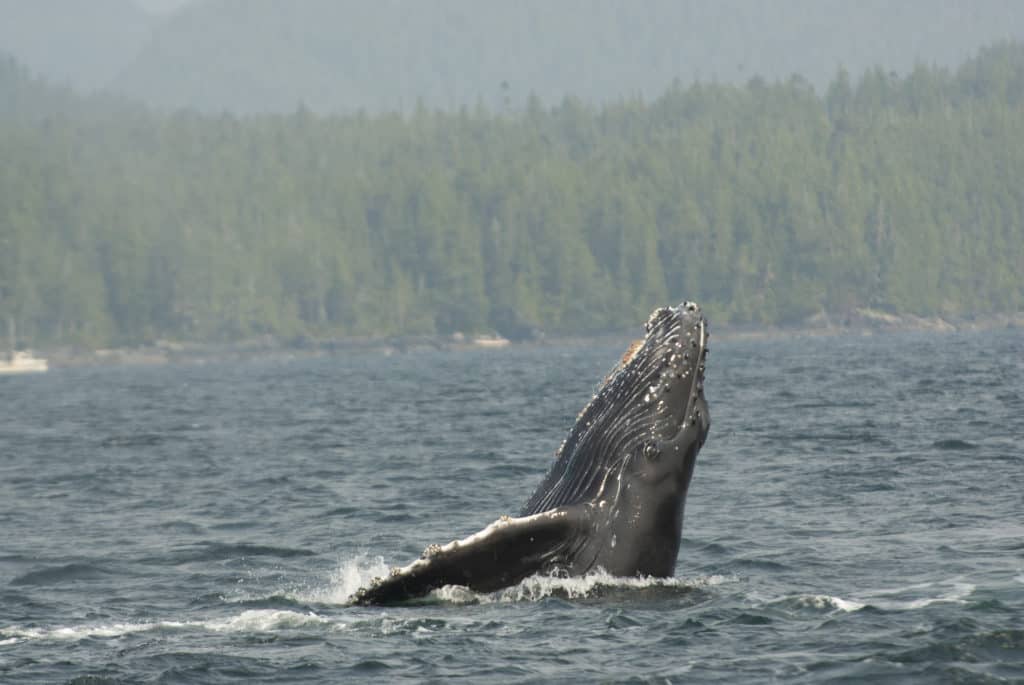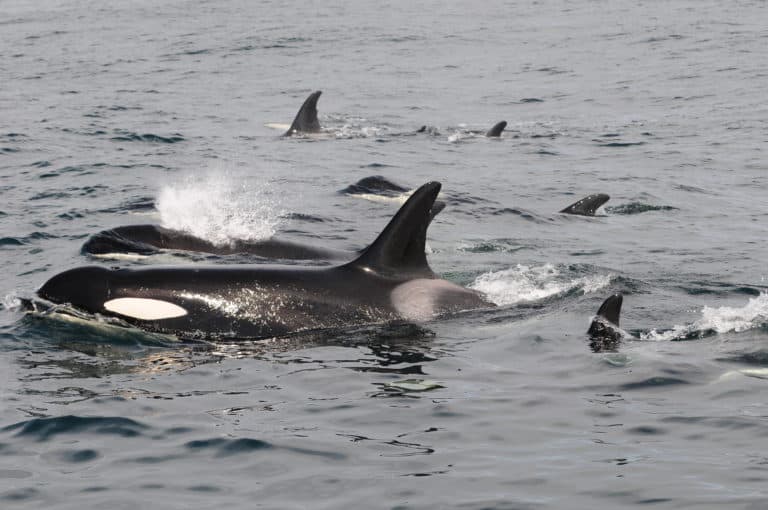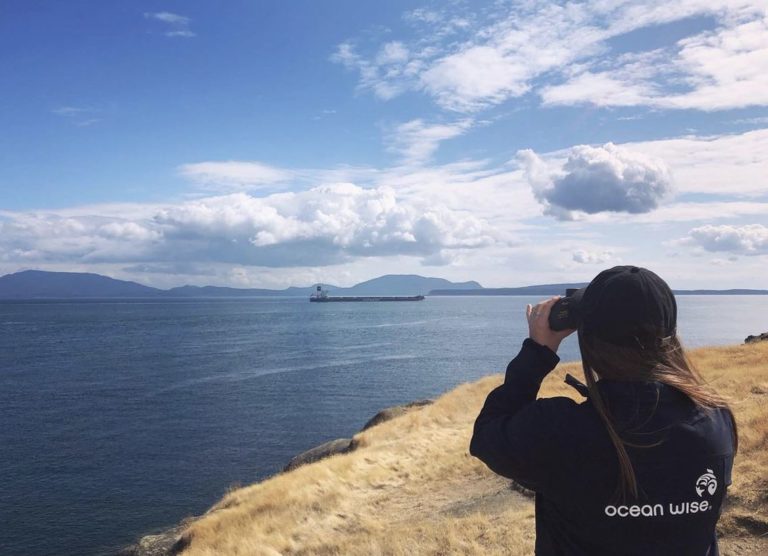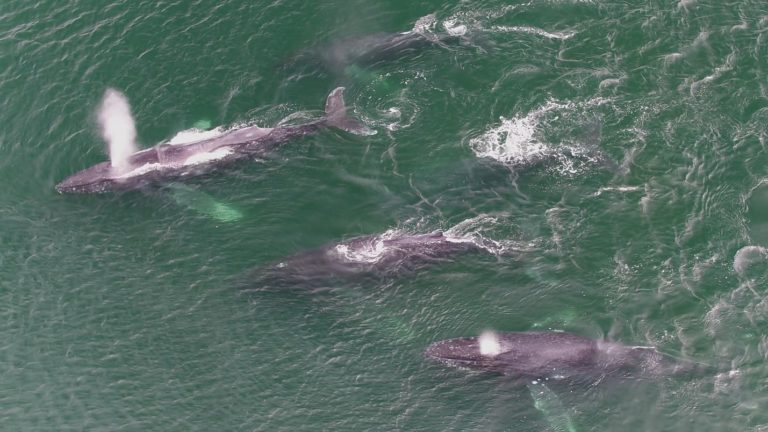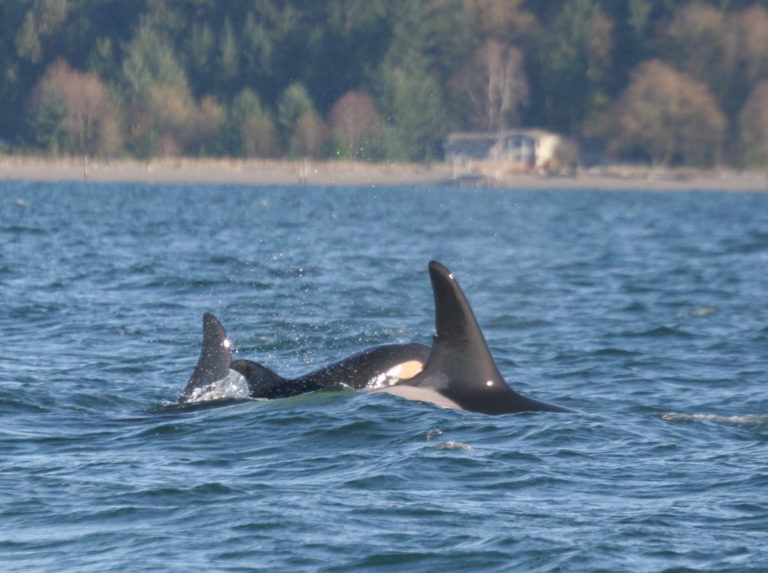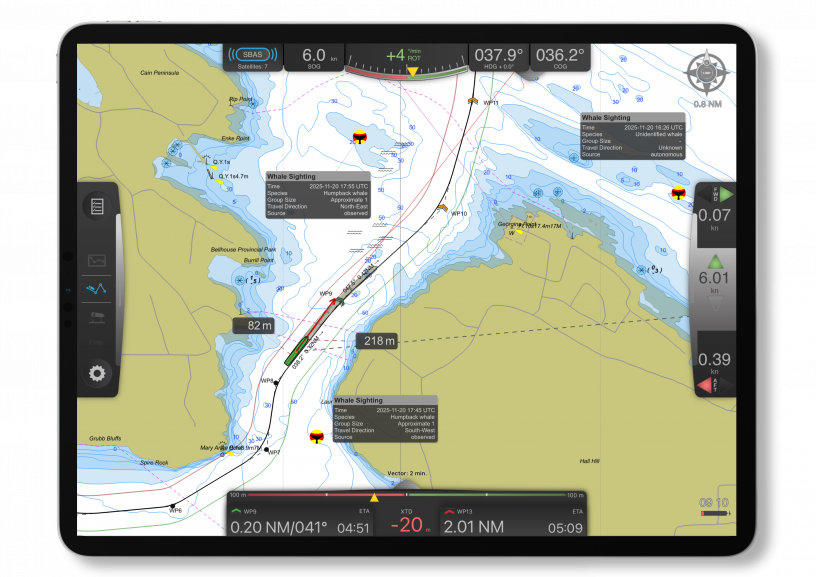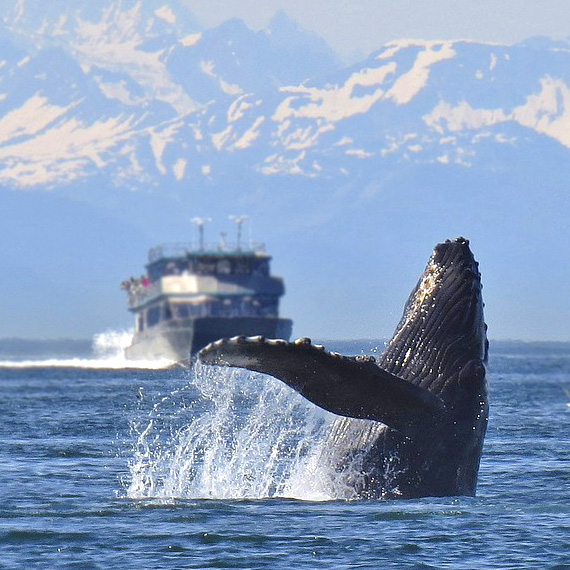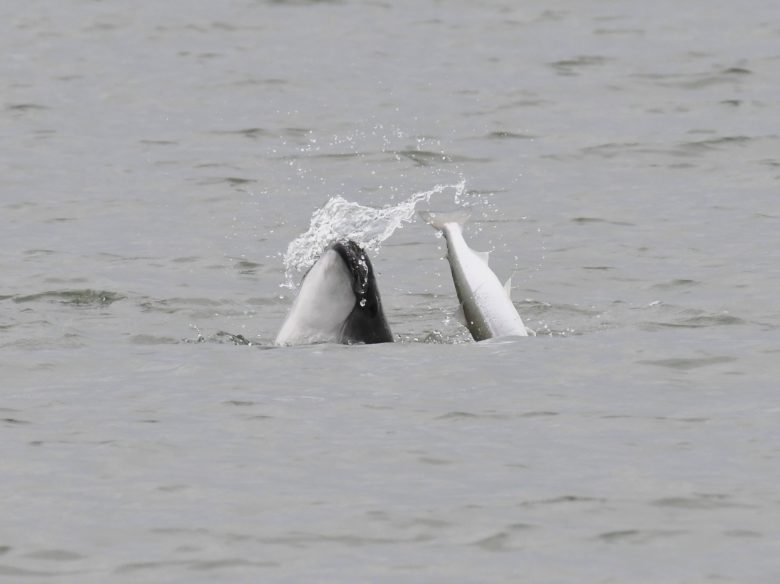The Migration of the North Pacific Humpback Whale
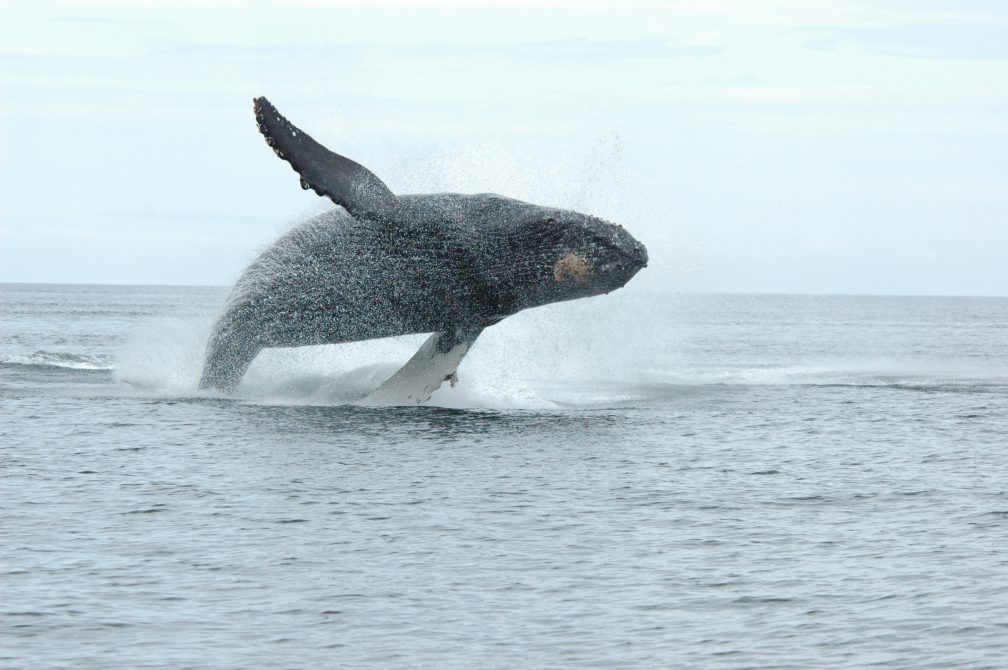
Every year, one of the most extraordinary natural migrations takes place in the Pacific Ocean. Humpback whales (Megaptera novaeangliae) undertake a journey that spans thousands of kilometers. These marine giants, part of the North Pacific population, follow a highly seasonal migration pattern that connects the frigid, food-rich waters of the north with the warm, tropical breeding grounds of the south.
Here’s a closer look at the lives of these traveling giants, and why their migration is so important, for both them and the ecosystems they call home.
Seasonal Migrations: From Cold Feasts to Tropical Births
The North Pacific humpback whale population spends much of the year, from spring through early fall, in the cold, nutrient-rich waters off the coasts of Alaska and British Columbia. These northern feeding grounds provide an abundance of food, mainly in the form of small schooling fish like Pacific herring, as well as krill and other crustaceans.
Come late fall, as daylight shortens and temperatures drop, these whales begin a long migration southward. Their destination: the warm, sheltered waters around Hawaii, Mexico, and Central America. These tropical zones are the whales’ wintering grounds, providing calm, safe environments ideal for mating and giving birth.
In these southern waters, something remarkable happens, Humpbacks stop eating entirely. Instead, they rely solely on the thick layers of blubber they accumulated during their northern feeding season. These fat reserves must sustain them through the entire winter, fueling everything from long-distance swimming to raising calves. For females, especially, the energy demand is immense, as pregnancy, birthing, and nursing all occur during this time.
The Importance of the Northern Feeding Grounds
The whales’ northern feeding grounds, particularly along the British Columbia coast, are crucial not just for the whales but also for the broader marine ecosystem. Here, Pacific herring play a starring role in the food web. These small, oily fish are a dietary staple for many predators, including humpback whales, sea lions, seabirds, and larger fish, like salmon.
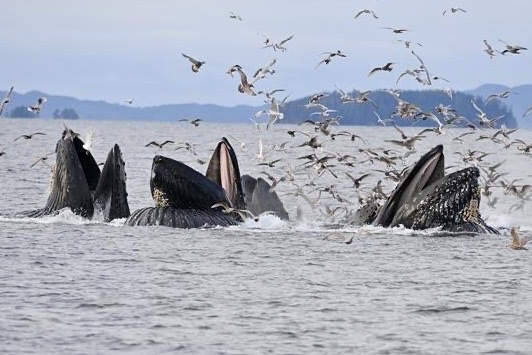
Healthy herring populations support the overall balance and productivity of coastal marine environments. When herring stocks are depleted due to overfishing or habitat disruption, it can have cascading effects across the ecosystem. For humpbacks, fewer herring means less food to convert into blubber, which directly impacts their ability to survive the long migration and successfully reproduce.
Migration: A Journey of Thousands of Kilometers
Humpback whales are among the most well-traveled mammals on Earth. Individuals can travel up to 8,000 kilometers (or more) round trip between their feeding and breeding grounds.
Despite the vast distances, these whales exhibit strong site fidelity, meaning they tend to return to the same feeding and breeding areas year after year. For instance, a whale that summers off the coast of Southeast Alaska may head to a specific region near Hawaii each winter. This deep-rooted loyalty to specific migratory routes is believed to be culturally transmitted, passed down from mother to calf in what can be thought of as a matriarchal migration map.
Mothers and calves often swim side by side during migration, and researchers believe this is a key period for the young whale to learn the route. These learned behaviors are part of what makes humpbacks so fascinating—they’re not only biologically impressive but also culturally complex.
How You Can Help: Report Whale Sightings
As the North Pacific humpback population continues to recover from the brink of extinction (a result of decades of commercial whaling), it’s more important than ever to monitor and understand their behavior. One way to contribute to this growing body of knowledge is by reporting whale sightings.
The Whale Report App allows anyone, from boaters and kayakers to shoreline observers, to log humpback whale sightings in real time. Sightings submitted in real time are transmitted to authorized commercial ships, prompting them to slow down or alter course, reducing the risk of ship strikes. Plus, each sighting contributes to conservation research. Sightings are reviewed and added to a research database, helping scientists monitor species occurrence and distribution over time.
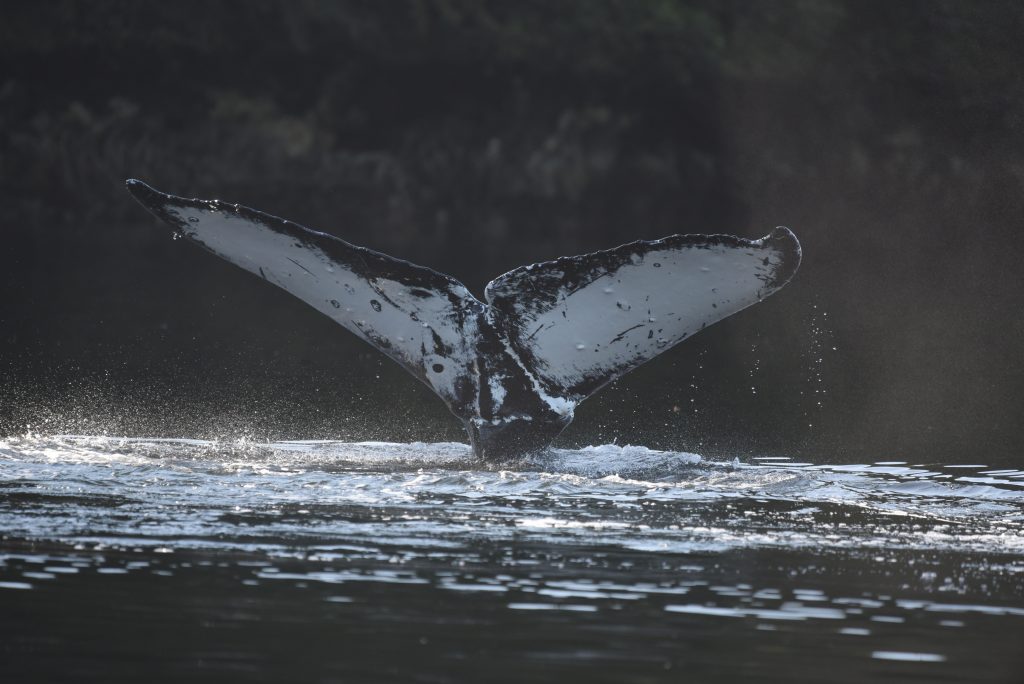
When reporting your sighting, you have the option to submit photos along with your report. This can help researchers identify individual whales and gain further insight into migration patterns and site fidelity. Humpback whales are identified primarily though the patterns on the underside of their tail flukes and the trailing edge, which are unique to each individual whale, just like human fingerprints!
Along the coast of British Columbia, the Canadian Pacific Humpback Collaboration (CPHC), a collaboration of NGO’s along the coast, maintains a catalogue of individual humpback whales. This centralized database helps researchers better understand their habitat use, behaviour, population structure, life histories, and threats such as vessel strikes and entanglements.
When you submit photos with your sighting through the Whale Report App, they’re forwarded to researchers in the relevant area. Our team will follow up with details about the individual whale and any known information. Alternatively, you can also submit photos directly to local researchers, through the CPHC, which connects you to the appropriate contact for each region.
Learn more about the Whale Report App and download it here!
Posted October 28, 2025 by Nic Schulz
